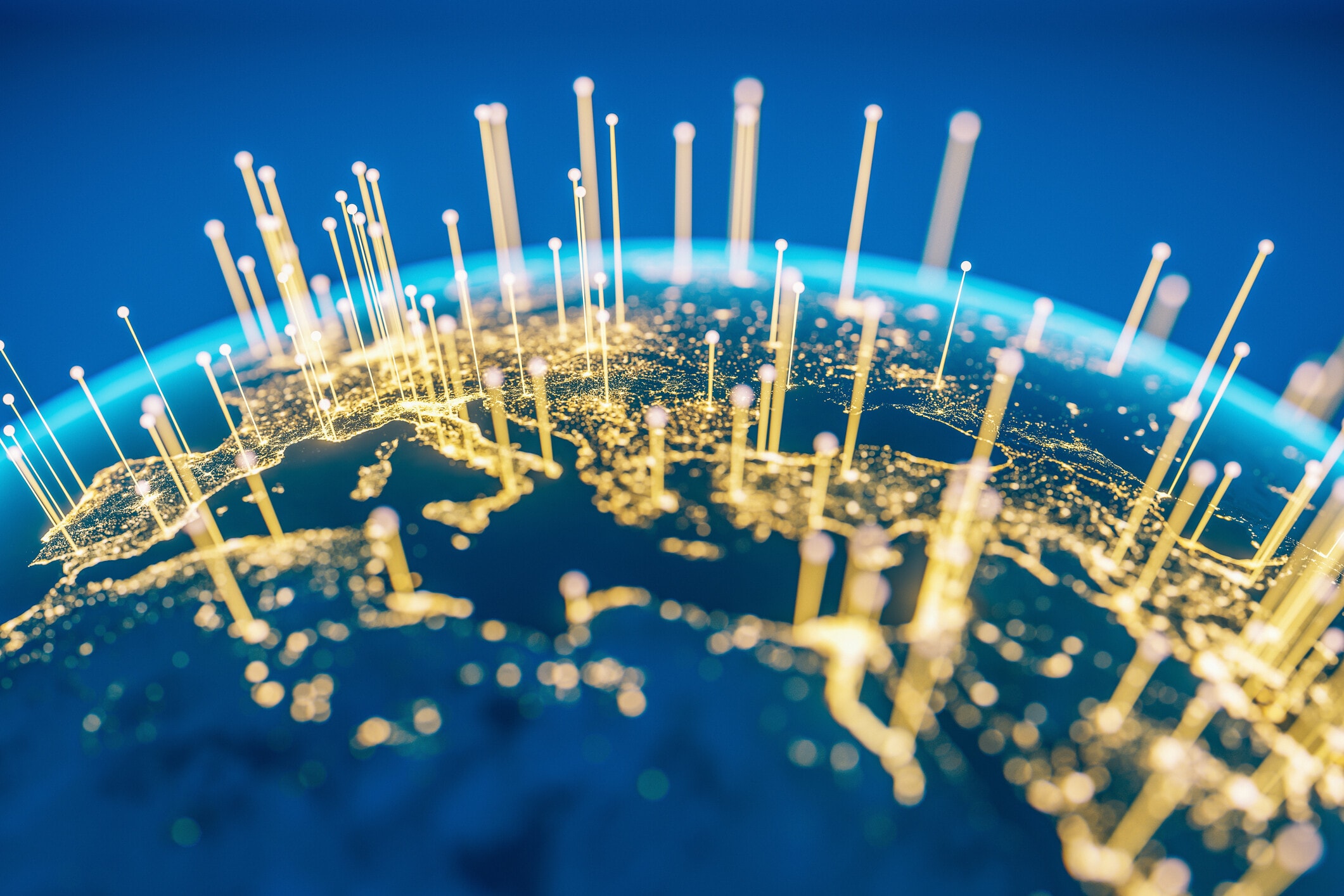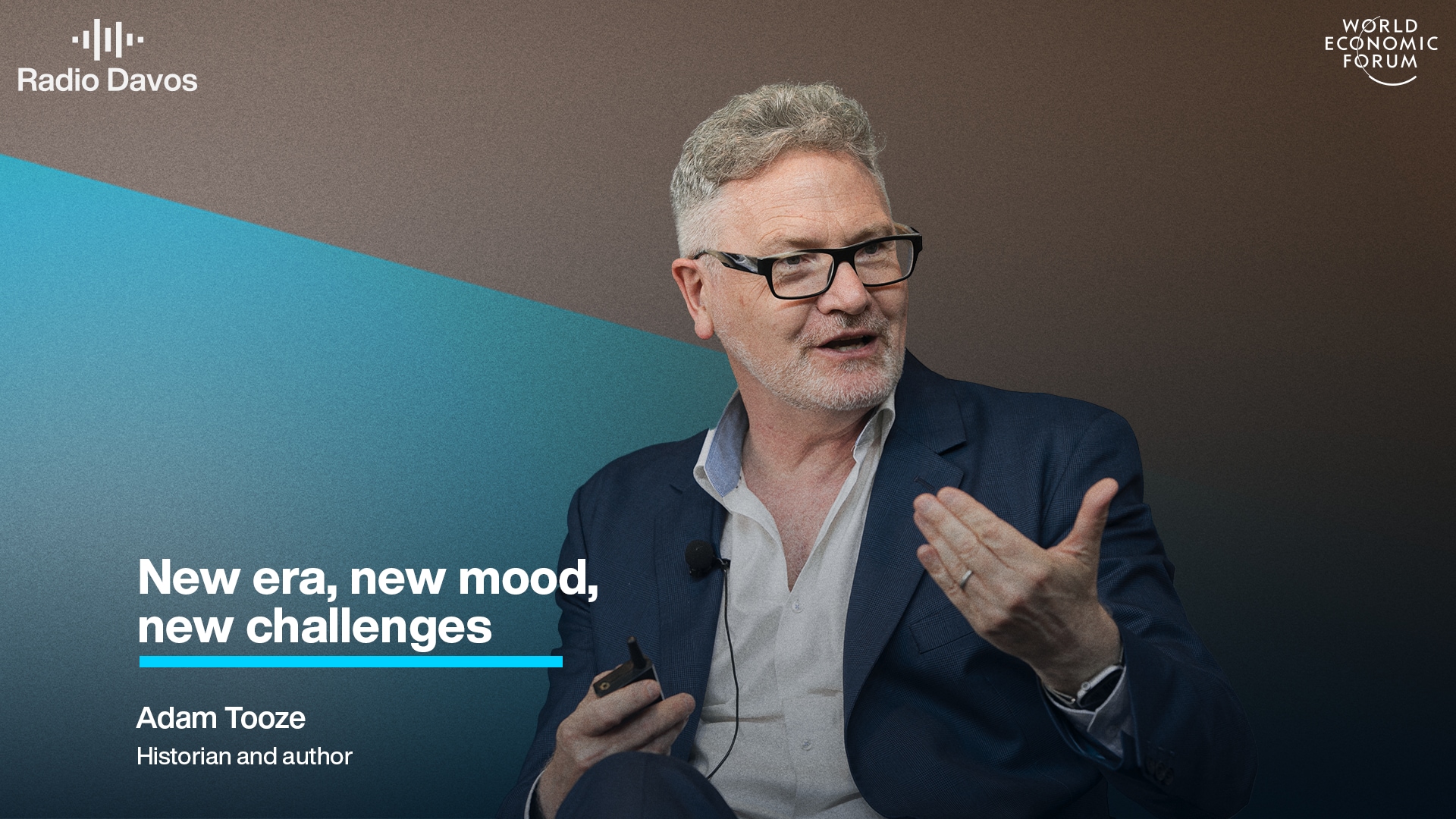The global consequences of a Sino-American Cold War

A cold war is becoming more likely
Image: REUTERS/Edgar Su
Nouriel Roubini
Professor Emeritus of Economics and International Business, Stern School of Business, New York UniversityStay up to date:
Inclusive Growth Framework
What started as a trade war between the United States and China is quickly escalating into a death match for global economic, technological, and military dominance. If the two countries' leaders cannot manage the defining relationship of the twenty-first century responsibly, the entire world will bear the costs of their failure.
A few years ago, as part of a Western delegation to China, I met President Xi Jinping in Beijing’s Great Hall of the People. When addressing us, Xi argued that China’s rise would be peaceful, and that other countries – namely, the United States – need not worry about the “Thucydides Trap,” so named for the Greek historian who chronicled how Sparta’s fear of a rising Athens made war between the two inevitable. In his 2017 book Destined for War: Can America and China Escape Thucydides’s Trap?, Harvard University’s Graham Allison examines 16 earlier rivalries between an emerging and an established power, and finds that 12 of them led to war. No doubt, Xi wanted us to focus on the remaining four.
Despite the mutual awareness of the Thucydides Trap – and the recognition that history is not deterministic – China and the US seem to be falling into it anyway. Though a hot war between the world’s two major powers still seems far-fetched, a cold war is becoming more likely.
The US blames China for the current tensions. Since joining the World Trade Organization in 2001, China has reaped the benefits of the global trading and investment system, while failing to meet its obligations and free riding on its rules. According to the US, China has gained an unfair advantage through intellectual-property theft, forced technology transfers, subsidies for domestic firms, and other instruments of state capitalism. At the same time, its government is becoming increasingly authoritarian, transforming China into an Orwellian surveillance state.
For their part, the Chinese suspect that the US’s real goal is to prevent them from rising any further or projecting legitimate power and influence abroad. In their view, it is only reasonable that the world’s second-largest economy (by GDP) would seek to expand its presence on the world stage. And leaders would argue that their regime has improved the material welfare of 1.4 billion Chinese far more than the West’s gridlocked political systems ever could.
Regardless of which side has the stronger argument, the escalation of economic, trade, technological, and geopolitical tensions may have been inevitable. What started as a trade war now threatens to escalate into a permanent state of mutual animosity. This is reflected in the Trump administration’s National Security Strategy, which deems China a strategic “competitor” that should be contained on all fronts.
Accordingly, the US is sharply restricting Chinese foreign direct investment in sensitive sectors, and pursuing other actions to ensure Western dominance in strategic industries such as artificial intelligence and 5G. It is pressuring partners and allies not to participate in the Belt and Road Initiative, China’s massive program to build infrastructure projects across the Eurasian landmass. And it is increasing US Navy patrols in the East and South China Seas, where China has grown more aggressive in asserting its dubious territorial claims.
The global consequences of a Sino-American cold war would be even more severe than those of the Cold War between the US and the Soviet Union. Whereas the Soviet Union was a declining power with a failing economic model, China will soon become the world’s largest economy, and will continue to grow from there. Moreover, the US and the Soviet Union traded very little with each other, whereas China is fully integrated in the global trading and investment system, and deeply intertwined with the US, in particular.
A full-scale cold war thus could trigger a new stage of de-globalization, or at least a division of the global economy into two incompatible economic blocs. In either scenario, trade in goods, services, capital, labor, technology, and data would be severely restricted, and the digital realm would become a “splinternet,” wherein Western and Chinese nodes would not connect to one another. Now that the US has imposed sanctions on ZTE and Huawei, China will be scrambling to ensure that its tech giants can source essential inputs domestically, or at least from friendly trade partners that are not dependent on the US.
In this balkanized world, China and the US will both expect all other countries to pick a side, while most governments will try to thread the needle of maintaining good economic ties with both. After all, many US allies now do more business (in terms of trade and investment) with China than they do with America. Yet in a future economy where China and the US separately control access to crucial technologies such as AI and 5G, the middle ground will most likely become uninhabitable. Everyone will have to choose, and the world may well enter a long process of de-globalization.
Whatever happens, the Sino-American relationship will be the key geopolitical issue of this century. Some degree of rivalry is inevitable. But, ideally, both sides would manage it constructively, allowing for cooperation on some issues and healthy competition on others. In effect, China and the US would create a new international order, based on the recognition that the (inevitably) rising new power should be granted a role in shaping global rules and institutions.
If the relationship is mismanaged – with the US trying to derail China’s development and contain its rise, and China aggressively projecting its power in Asia and around the world – a full-scale cold war will ensue, and a hot one (or a series of proxy wars) cannot be ruled out. In the twenty-first century, the Thucydides Trap would swallow not just the US and China, but the entire world.
Don't miss any update on this topic
Create a free account and access your personalized content collection with our latest publications and analyses.
License and Republishing
World Economic Forum articles may be republished in accordance with the Creative Commons Attribution-NonCommercial-NoDerivatives 4.0 International Public License, and in accordance with our Terms of Use.
The views expressed in this article are those of the author alone and not the World Economic Forum.
Related topics:
Forum Stories newsletter
Bringing you weekly curated insights and analysis on the global issues that matter.
More on Geo-Economics and PoliticsSee all
Mark Esposito
July 24, 2025
Aengus Collins
July 15, 2025
Guy Miller
July 15, 2025
Vijay Eswaran
July 7, 2025






